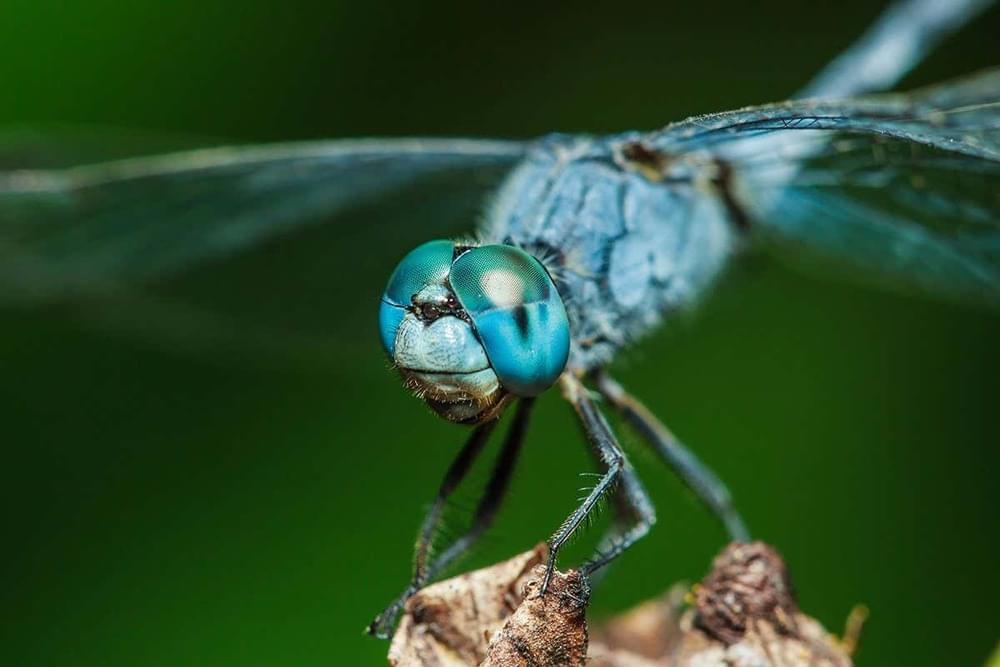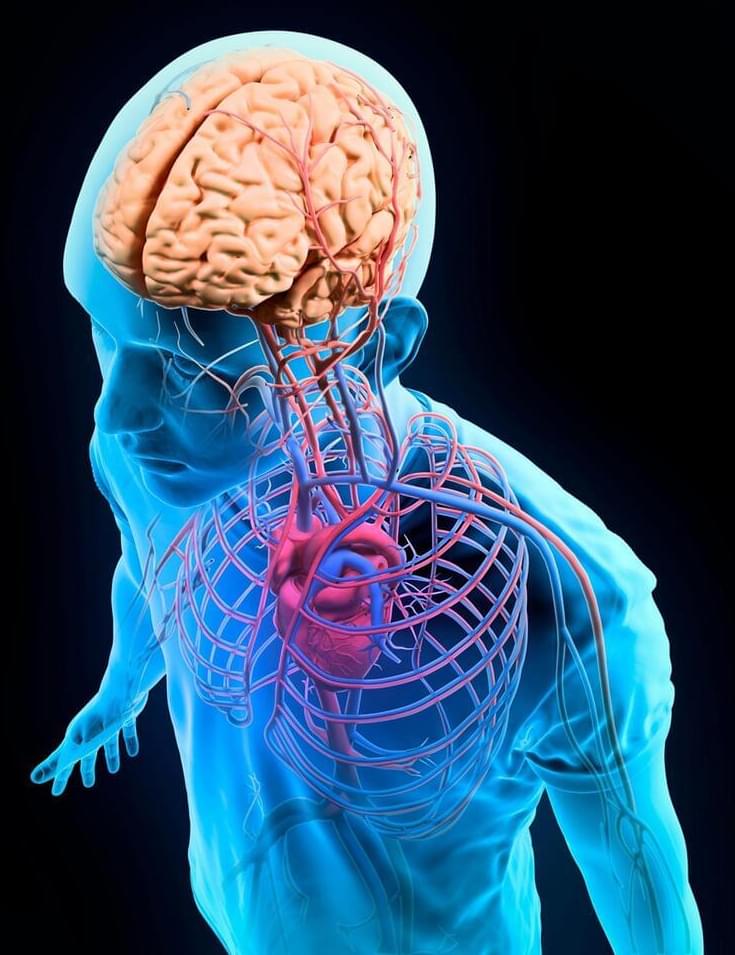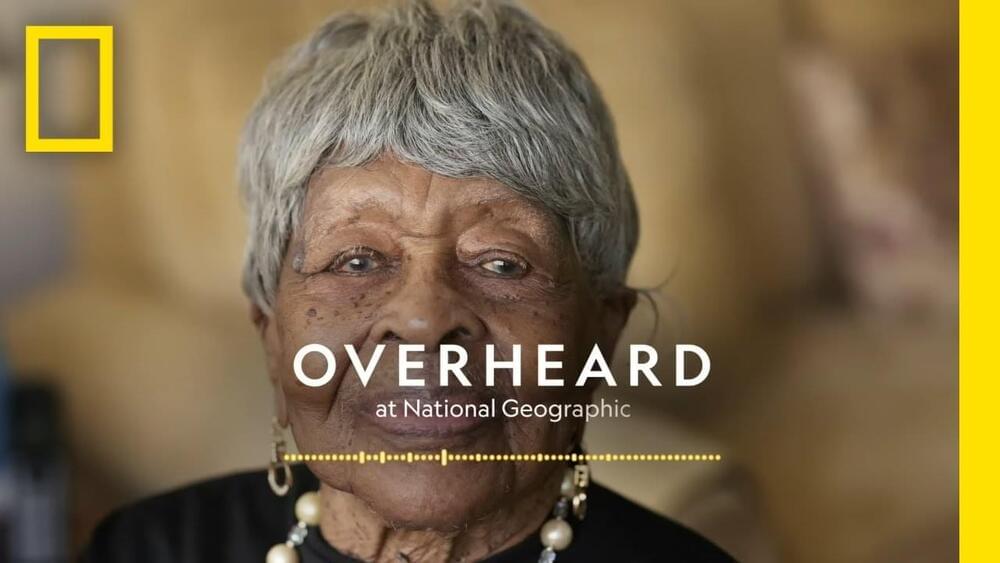Dec 24, 2022
Ultrafast functional MRI: A tool for examining spurious correlations in fMRI connectivity
Posted by Dan Breeden in categories: biotech/medical, neuroscience
Brad Sutton, Technical Director of the Biomedical Imaging Center and Abel Bliss Faculty Scholar in the College of Engineering at the University of Illinois at Urbana-Champaign, delivered this Frontiers in Miniature Brain Machinery lecture January 26, 2022. Jennifer Walters, MBM Trainee and PhD candidate in Neuroscience, provided an introduction. The Q&A portion of this video was cut off due to technical difficulties during the Zoom recording.
For more information on the lecture and Brad Sutton: https://minibrain.beckman.illinois.edu/2021/12/02/brad-sutto…s-lecture/


















